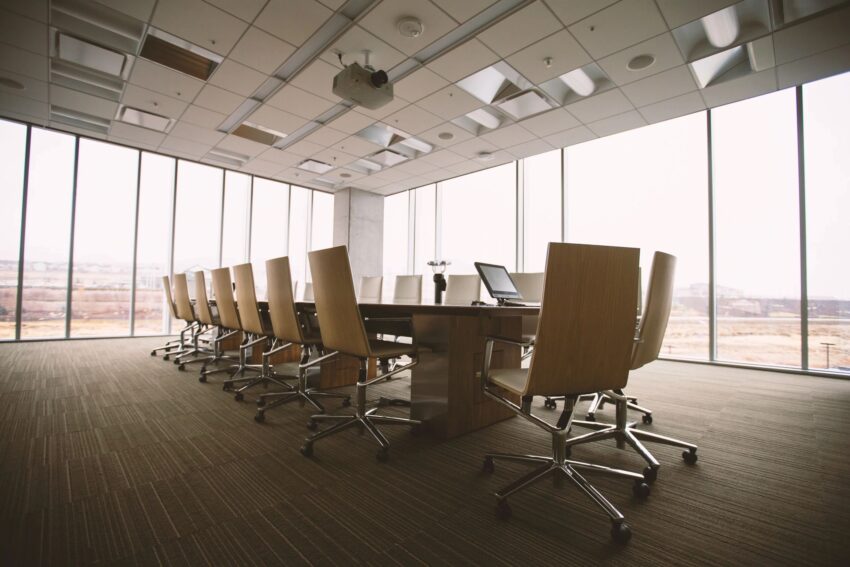Considering the health and safety protocols that must be put in place when running a business can be a daunting task, but it is one that must be done correctly to ensure the safety of both employees and customers. Safeguarding employees and customers should be at the forefront of an owner’s mind, at all times. Health and safety protocols are not only, most of the time, required legally but are also required to ensure a business’ daily operations continue to run smoothly. Here are just some of the things that should be considered.

Tailor To The Industry
One of the most important things when creating any health and safety plan is to ensure that the health and safety protocols being put in place suit the needs of the business. Each business venture will present its own unique set of hazards that will need to be addressed.
For example in the construction industry an Audiometry test is most likely to be required if any noisy machinery or other equipment is being used regularly. Whereas a restaurant will have to adhere to strict protocols when handling and storing food, plates and cutlery.
Each industry has its own set of laws and regulations it must adhere to, any company caught not conforming to these rules can be faced with closure or legal action. For any sort of success the owner of a business must have a strong knowledge of the specificities of his or her market and the laws which regulate their industry.
Covid-19 Measures
Though most Covid-19 measures are no longer legally required, it is worth keeping in mind the ways in which businesses adapted to pandemics to prevent the spread of the virus. Not only will these prevent the spread of Covid but also other illnesses, keeping a workforce in the workplace for longer. Although enforcing the wearing of face masks and social distancing may be a little extreme but things that are cheap and easy to put in place such as, hand sanitising stations, the disinfection of surfaces frequently touched, (door handles, tills, etc.) and encouraging staff to take days off when feeling unwell are still worth implementing. Protecting staff from illness will ultimately help to maintain a happier and more efficient workforce.
Providing Safety Training
One of the best ways to create a safer work environment is to provide employees with health and safety training. From simply to teaching employees how to recognise and report hazards to management, or training employees how to use any high risk equipment correctly, health and safety training can cover a wide variety of topics. It’s also worthwhile considering the benefits of having a certified first aider on site at all times, so in the off chance of a medical emergency there be someone available to speed up medical response. Ensuring staff are well trained and safety aware will spread the responsibility of creating a safe workplace to all employees. This will help to relieve pressure from an owner and create a more manageable workload for them.
Encouraging employees to govern the workplace themselves is a great way to build a better workplace for workers and clients alike.
Regular Safety Inspections
Maintaining a high level of safety within the workplace is a continuous effort and without regular safety inspections, any business is sure to drop their standards. From checks on fire hazards to electrical hazards and everything in between, regular inspections will help to maintain efficiency and ensure standards do not slip. They will also help in the identification of new hazards that have emerged with any changes of infrastructure or operations. Examples of hazards a safety inspection should look for include,
- Obstructed walkways, exits and fire exits – these could become trip hazards or block any escape during potential emergencies
- Loose or damaged flooring – a trip hazard and a potentially expensive fix if left unaddressed for a long time
- Electrical hazards, such as frayed cords or overloaded outlets – these could potentially start a fire or injure an employee
- Chemical hazards, such as improperly stored or unlabelled chemicals – these once again could prove to be a fire hazard or potentially dangerous to employee health
In short, to maintain a high level of health and safety, regular safety inspections are a must.
The successful implementation of health and safety protocols is essential to any business that wishes to create long term success in their field. By ensuring that both employees and customers are safe, businesses can create a safer and healthier workplace culture, reducing the risk of injuries and accidents and therefore increasing the overall efficiency of daily operations.


